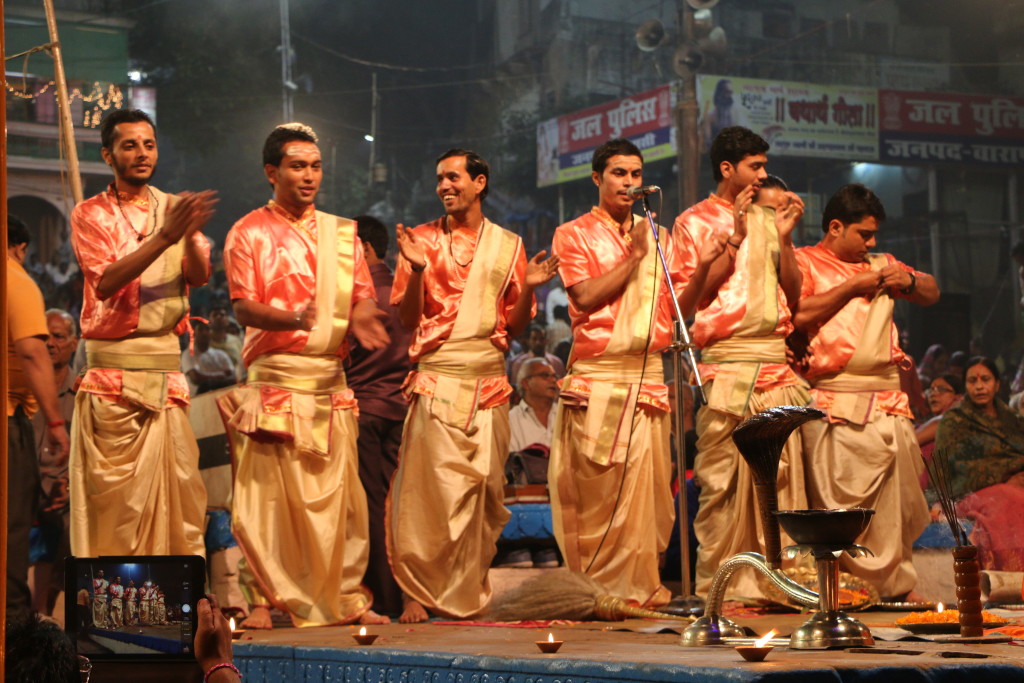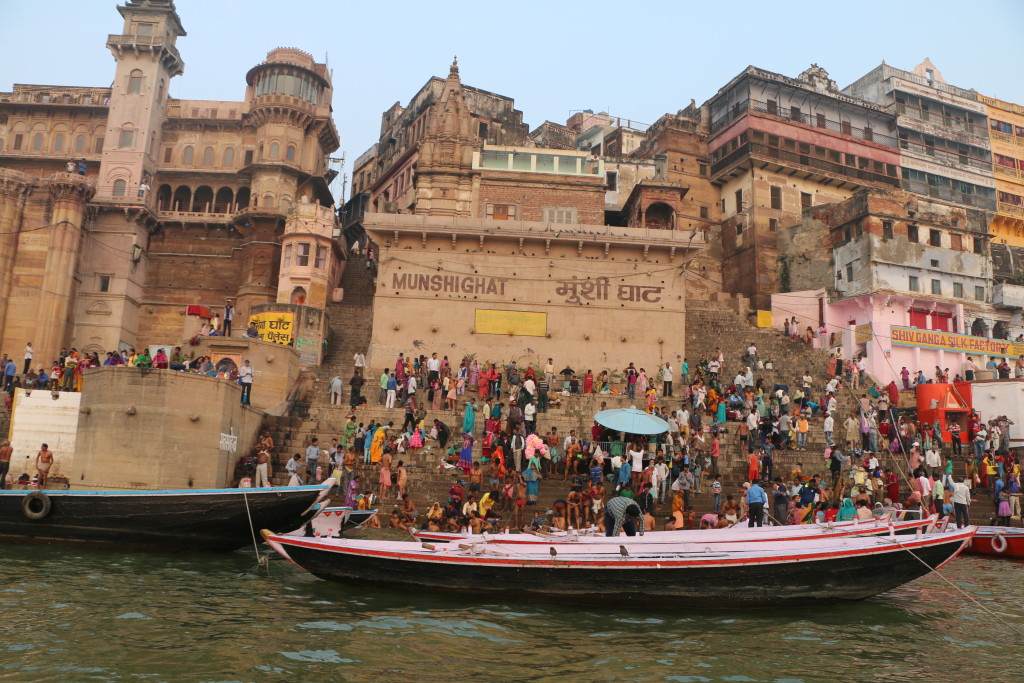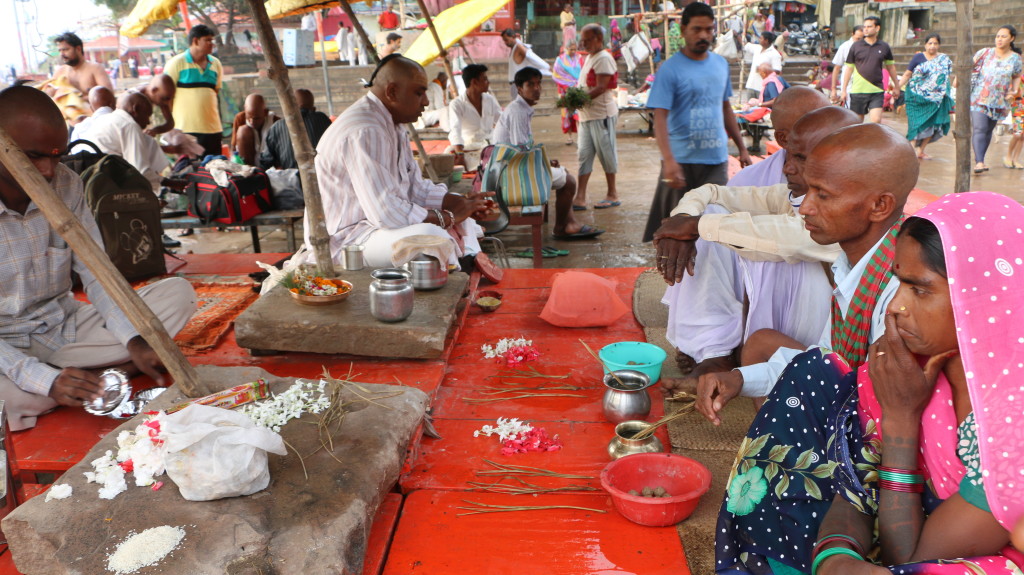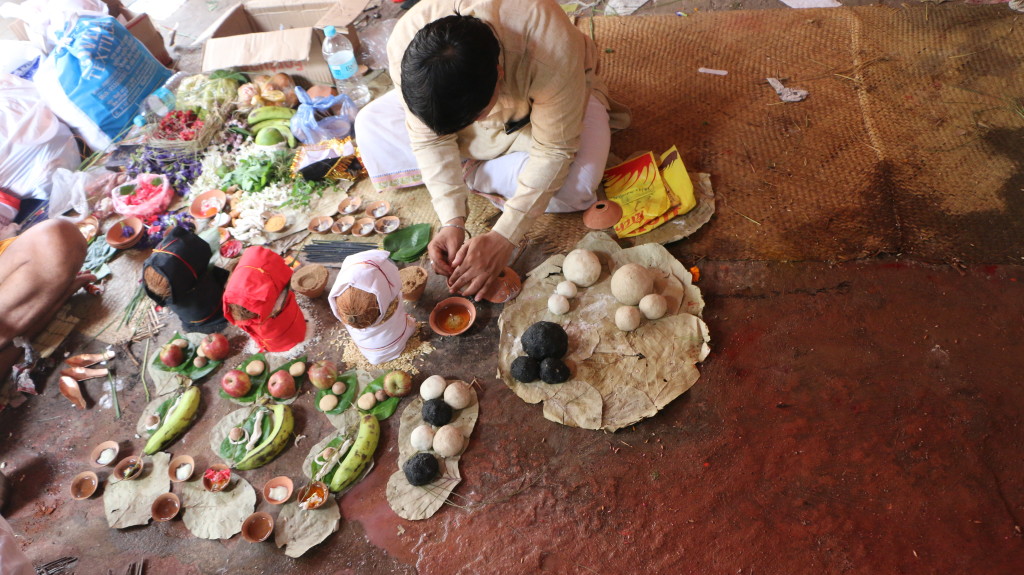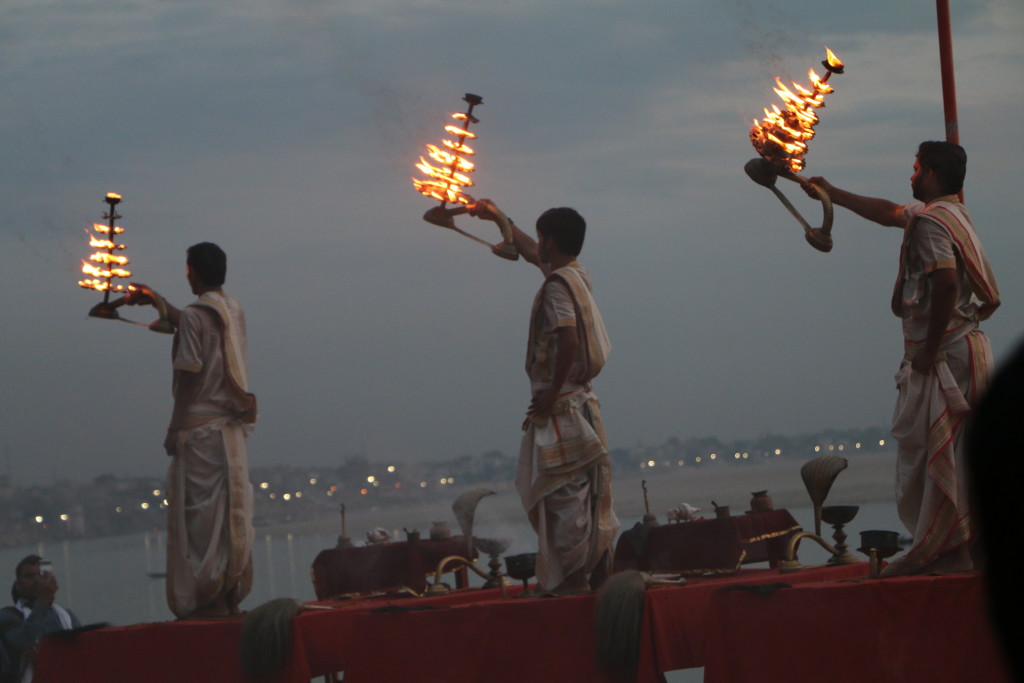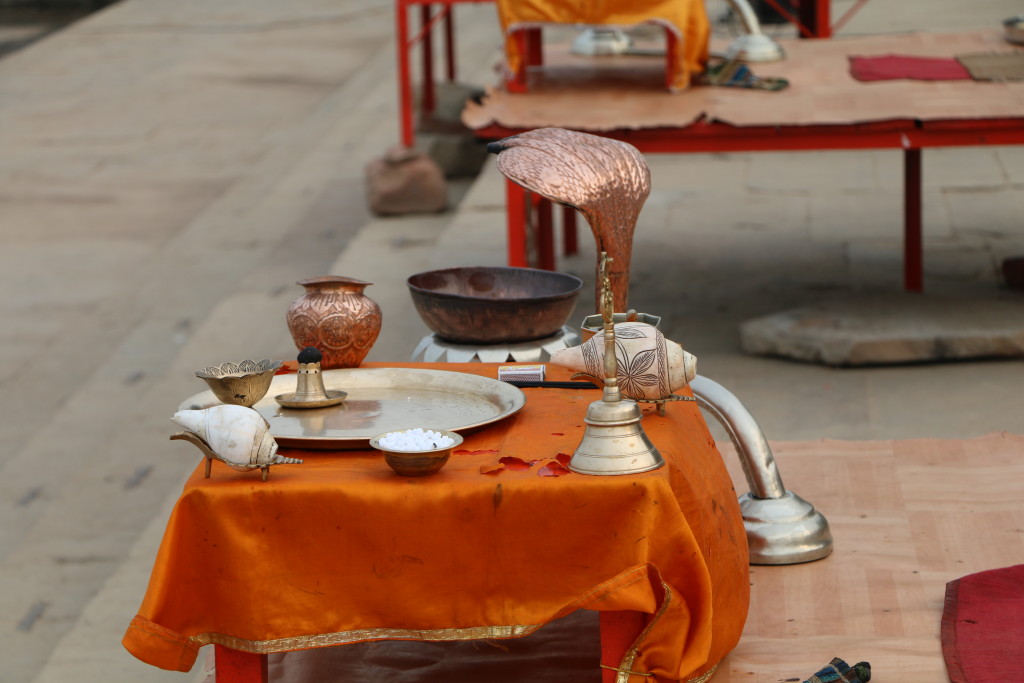Cultural Mapping and Audio-Visual Documentation of the Intangible Cultural Heritage of Varanasi
Varanasi, one of the most ancient cities of the world, is a repository of cultural heritage resulting from the continuous historical events of invasions and inhabitations, secular and spiritual influences, each carrying with it a plethora of both intangible and tangible properties, social contracts and related norms of knowledge, traditions and customs. Kashi, Banaras or Varanasi assumes a complex identity that has resulted from the collective memory of generations of communities settled here, and the multi-dimensional cultural constructs accommodated by the city over the ages. The steadfast river Ganga, the famous galis, the magnificent ghats, the countless temples, kunds and places of religious interest, the historic Banaras Hindu University, the sadhus and their varied cults, the profound and overwhelming theories of life and death, the commerce, craftsmanship and culinary treats, the vitality of the Banaras gharana and its exponents in the field of music and dance, all add up to give Varanasi its special place in the scheme of things.
Under the guidance of Ms. Nerupama Y. Modwel, the two researchers from ICH division, Ms. Gunjan Joshi and Ms. Nishtha Gorke, collected information/data during numerous visits to Varanasi between October 2015 to March 2017. Numerous local people were interviewed for their views and personal stories. The conceptual framework spanned extensive interviews with community members, knowledge/wisdom holders, and representatives from cultural and educational institutions, craftsmen, performance artists, personal and individual data, such as family histories and photographs, the dynamic and sometimes indefinable social assets of cultural heritage. Additionally, nuances of city life were observed and captured through videos, photographs and spontaneous interactions which revealed memorabilia accumulated through generations and stored in various forms by those who settled here.
For the purpose of this study, categories were created to document the intangible inheritances found in the city and the in house publication categorizes this collected data under the following themes:
- Traditional knowledge
- Art and craft
- Cuisine
- Oral traditions and Performing arts
- Fairs and festivals
- Ghat and Ganga rituals/other practices
This exhaustive study is not only relevant to study the present condition, transformations and transitions of the varied ICH found in the city, but also tries to bring multiple cultural facets under the umbrella of ICH. The cultural mapping of the city, revealing the multiple layers of its intangible heritage, has been attempted by the division and presented in this publication. A mix of primary and secondary data, this publication would be helpful to gain insight of the mixed culture of the city and can be used as a starting point for further study by researchers. As part of the project a 2017 calendar was inaugurated on INTACH’s foundation day. A short video documentation and a tourist brochure cum map have been created as well.



 Projects
Projects